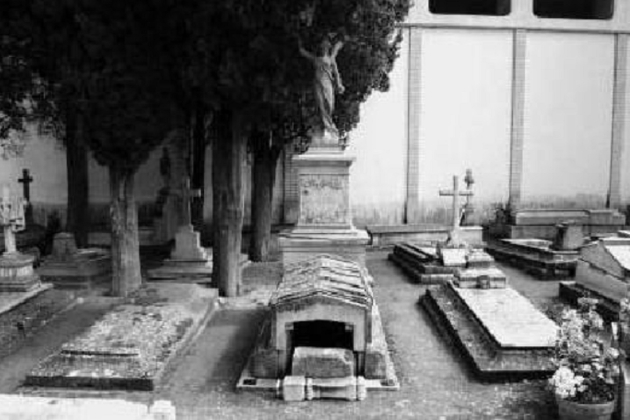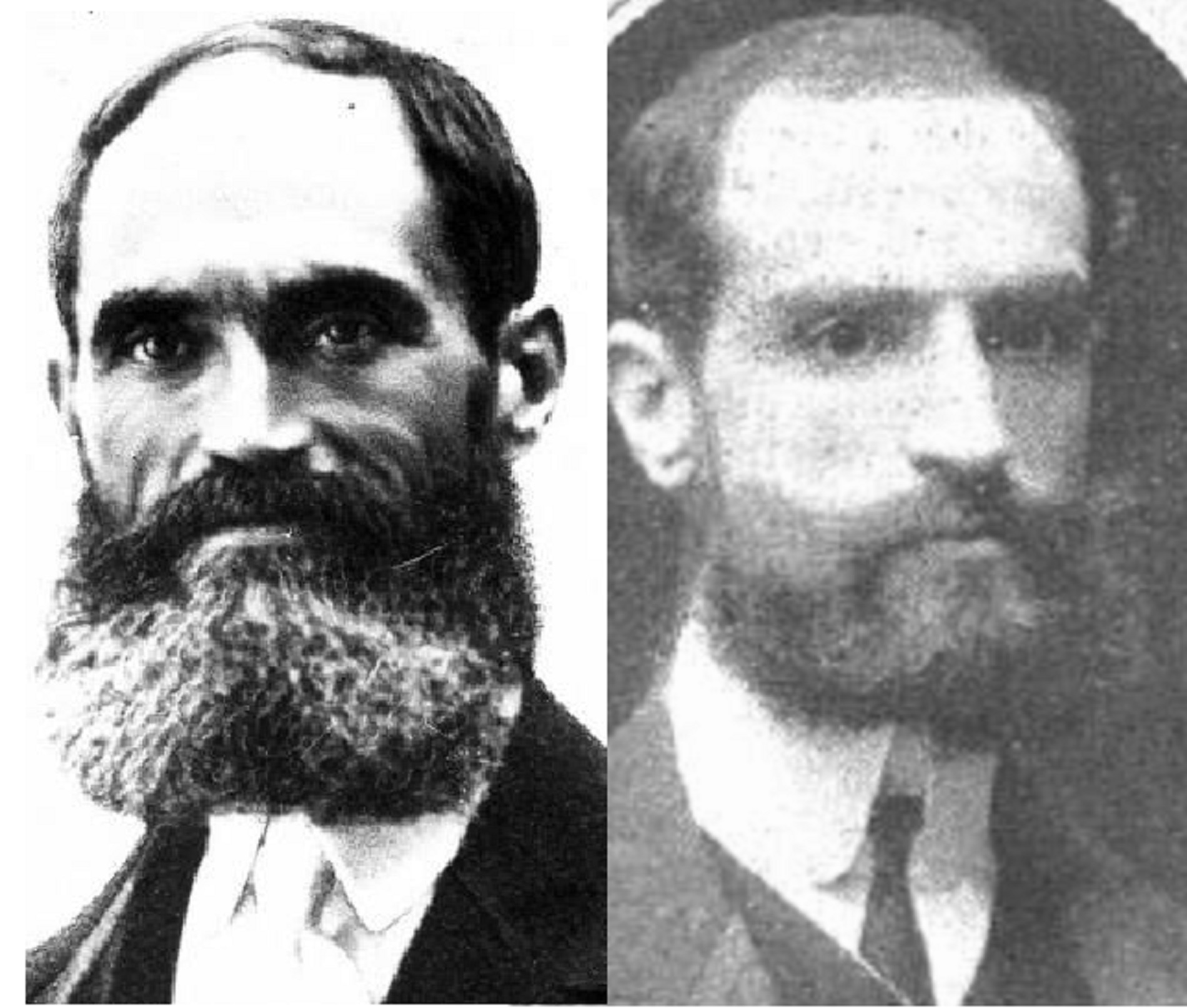Madrid, December 30th, 1950. 73 years ago. Carles Padrós i Rubió, who half a century earlier had founded the Madrid Foot-ball Club (later, Real Madrid), died in absolute anonymity. The blancos did not make a single press statement or hold any institutional event to recall the figure of that Catalan who forty-eight years earlier (1902), with his brother Joan, had founded the club. The club del regimen has always hidden the Catalan identity of its founders. It does not want history to reveal that Real Madrid, the quintessence of españolidad, Spanish-ness, has its roots in the initiative of two Catalans were, naturally, were speakers of the Catalan language, as well as merchants with a liberal-progressive and autonomist outlook - they were thus representative of the eternal "demons" who want to put an end to Spain. The Padrós, the Catalans who founded Real Madrid and have remained deliberately hidden.
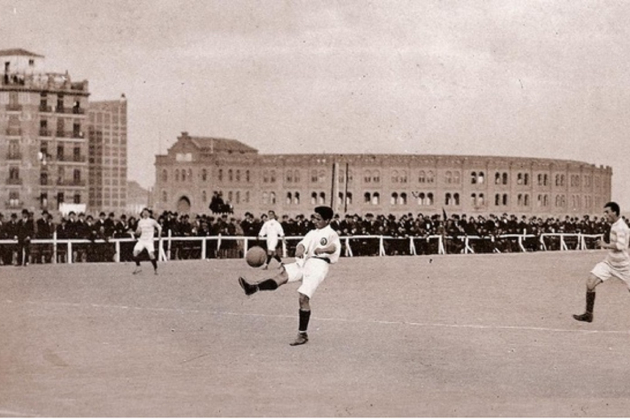
Who were the Padrós? Joan
Joan Padrós i Rubió was the co-founder of Real Madrid, and also the first president in the history of the blancos. Joan had been born in central Barcelona in 1869, on the first floor of a house in Carrer d'en Bot, 7, just behind the Rambla dels Estudis and very close to the Canaletes fountain. The house and flat where the founder and first president of Real Madrid was born still exist. Curiously, the building is located next to the current Plaça Vila de Madrid, which was an urban space created later, and given a new name, after the demolition of the old convent of Santa Teresa (1944) destroyed by Francoist air raids during the Spanish Civil War (specifically, in 1938).
Joan's and Carles's parents were the shop owners Timoteu Padrós Parals (Barcelona, 1840 – Madrid, 1901) and Paula Rubió Queraltó (Vilafranca del Penedès, 1843 – Madrid, 1905), who during the 1850s and 1860s had run a business textile in Barcelona, on Carrer del Call (just by the old Jewish quarter of the Catalan capital). But, according to an investigation by the cultural society Pinar de Abantos, from the municipality of El Escorial (Madrid), in 1876 the Padrós-Rubió, with their five children, moved the business and residence to Madrid, in a house that no longer exists and that was located on the corner of Calle Alcalá and Calle Cedaceros, very close to the Puerta del Sol. Currently, on that lot, there is a modern building occupied by bank offices.
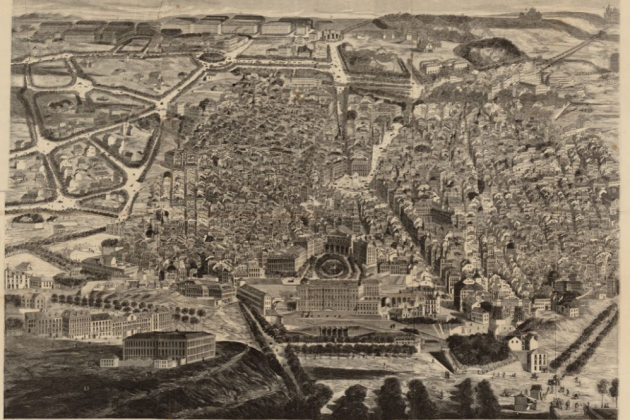
Who were the Padrós? The “Al Capricho” store
No investigation has revealed the reasons behind the Padrós-Rubió's move to Madrid. But a simple glance at the social and political movements that took place during the last quarter of the 19th century shows that the Spanish capital had become a place of opportunities. The Glorious Revolution of 1868 (led by Prim, Topete and Serrano) had dethroned and banished the Bourbon monarchs and demolished the wall that surrounded the city, opening up wide spaces for urban expansion. Between the Gloriosa of 1868 and the Bourbon Restoration of 1874, Madrid was the subject of a colossal real estate bubble, directed by the banker José de Salamanca, who would make fabulous fortunes among the city's landowning classes.
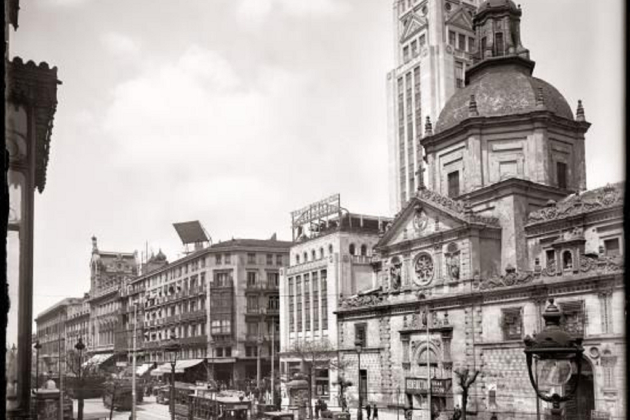
And that must have been what the Padrós-Rubió saw. And what would explain that transfer and the creation of "Al Capricho" (1876), the store which, years later (1902), would become the first headquarters of a football club. According to the same investigation, the "Al Capricho" store immediately became one of the most luxurious stores in the Spanish capital. During the 1890s, it had two dozen male and female employees who worked in the store and lived in rooms located inside the building. For fans of series, a kind of Velvet, but from the time of the Spanish-American war. And it generated such abundant profits that it would allow Timoteu Padrós, the family patriarch, to invest in the purchase and development of land in the municipality of El Escorial.
Who were the Padrós? Carles
Carles, younger brother of Joan and the other founder of Real Madrid, had been born in 1870 in the house that the Padrós-Rubió had acquired in the town of Sarrià, at that time a separate town on the plain of Barcelona, still relatively far away from the limits of the Catalan capital. Carles arrived in Madrid with his family when he was only six years old (one year fewer than his brother Joan). And while it is true that neither Joan nor Carles ever lost contact with Catalonia (the language of the Padrós-Rubió family - even in Madrid - was always Catalan), it is also true that the relationship of the younger Padró with his country of origin was more intense. Carles was an MP for the Liberal-Fusionist Party for the electoral district of Mataró (near Barcelona) in the general election of 1910.
We have already mentioned that the founders of the club blanco - Joan and Carles - were Catalan speakers. But in addition, Carles's political career reveals that, at least the youngest of the two brothers, was ideologically in favour of a regeneration of Spain that would involve the drawing of a new political map. When Carles Padrós, co-founder of Real Madrid, appeared in the 1910 elections, the Liberal-Fusionist Party, led by the Galician José Canalejas, was negotiating with Enric Prat de la Riba's Regionalist League over a plan for administrative decentralization that would culminate, four years later (1914) with the creation of the Mancomunitat de Catalunya - the Commonwealth of Catalonia - a body that was to lead to the restoration of self-government that had been destroyed in blood and fire in 1714.
Those deliberately hidden Catalans
Joan Padrós Rubió, co-founder and first president of Real Madrid, died in 1932 in absolute obscurity. And in 1936, at the outbreak of the Spanish Civil War, Carles had to leave Madrid hastily, falsely accused by one of his employees of collaborating with the coup plotters. At the conclusion of the conflict he returned to Madrid (1939), but the family business was ruined, and he lived the last years of his existence discreetly, while Bernabéu and Franco debated for control of the club. And, like Joan, he died and was buried in complete anonymity. The founders of Real Madrid, Catalan speakers, merchants, liberals and autonomists, are these two Catalans, deliberately hidden, strange and foreign in the story of the club's history.
